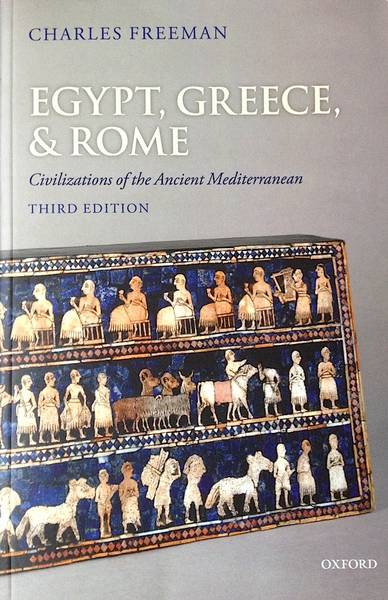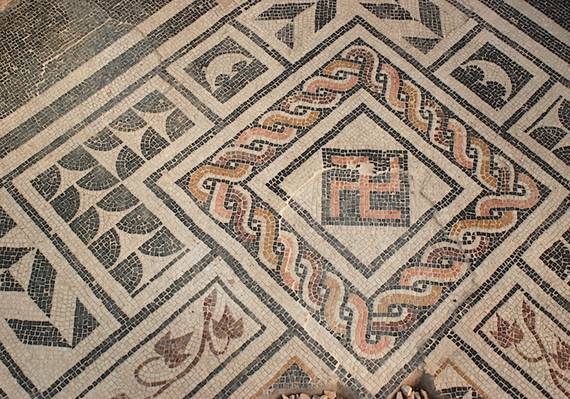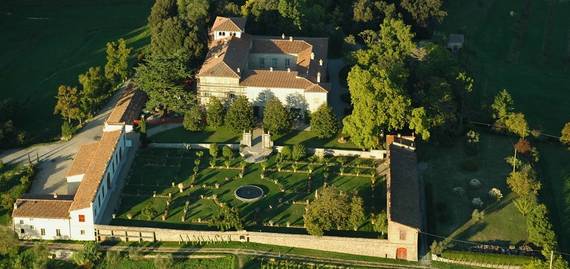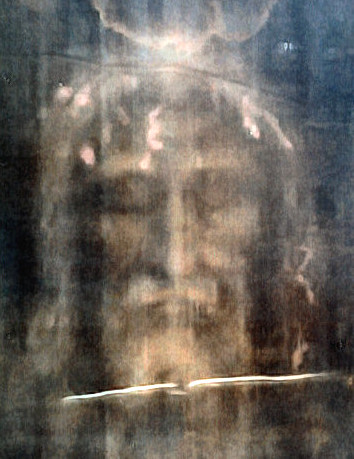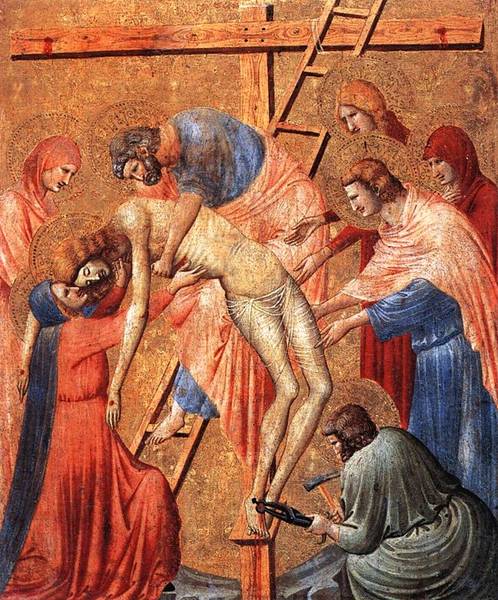New European rail timetable
Latest update: August 2015
December each year heralds the introduction of a new rail timetable across Europe, with new services and the inevitable demise of others. With rail travel becoming increasingly popular in Europe, Mark Dudgeon, the Blue Guides rail expert, highlights some of the key changes to international services, effective from 14 December 2014.

Night services
The attitude of European train operating companies to night train services over recent years has been ambivalent, to say the least. By their very nature, night trains require specialised coaches which require higher levels of cleaning and maintenance than “normal” day trains, and then they stand around unused for most of the day. Additionally, track access at night can be fraught with difficulties since freight trains generally have precedence over passenger trains, and night-time engineering work can cause frequent diversions and delays. Combine this with international border crossings and the dividing and joining of train portions at various stations, and it can be seen why night trains are viewed as an inefficient and costly relic of bygone days. Many, however, would say this is short-sighted and the market – although niche – for night trains is there: it just needs to be addressed correctly. If there is one area begging for concerted EU intervention, this is it.
Little surprise, therefore, that CityNightLine (CNL), the biggest operator of night passenger trains in western Europe, has wielded the axe to several services, citing declining passenger numbers, high fixed costs and competition from low-cost airlines. Deutsche Bahn, which owns CNL, says the trains are reaching the end of their useful life, and the services do not make enough money to warrant investment in new rolling-stock. But by cutting services, and reducing facilities – all CNL restaurant cars, a highlight of any overnight journey, were recently withdrawn – the services become less attractive and declining patronage inevitable.
Since early November 2014, Copenhagen has seen the end of all of its night trains (to Amsterdam, Prague and Basel), and from December 2014, the key international routes of Paris – Munich, Paris – Hamburg and Paris – Berlin will all lose their night services. Amsterdam will lose its overnight train to Warsaw and Prague: this train will now start from the nondescript German city of Oberhausen, north of Dusseldorf, instead.
Elsewhere, there is mixed news for night trains:
• A new service will be introduced between Budapest and Sofia: the night train Serdica will operate via Timisoara and south-western Romania, rather than taking the more direct route through Belgrade and Serbia.
• The long-distance Tisza, between Budapest, Ukraine and Moscow is withdrawn. In its place, there will be a new express, Latorca, from Budapest to Lviv and Kiev. The Budapest to Moscow sleeping car, meanwhile, will be reduced from operating daily to only once a week, and will be attached to the new Csárdás Eurocity train (see below), travelling via Bratislava, before heading to Brest, Minsk and Moscow. However, this new routing will lead to a significant time saving of some seven-and-a-half hours for the Budapest to Moscow journey.
• The excellent composite night service between Munich/Vienna and Milan/Rome – which was threatened with withdrawal a few years ago – continues.
• The Budapest – Zurich and Budapest – Munich overnight services will be combined between Budapest and Salzburg – which seems a sensible move. This will have the feel of a “proper” night train on leaving Budapest, with five of its eight coaches being sleeping or couchette cars, but, sadly, there will be no restaurant car attached.
Eurostar
Eurostar has been running its monopoly between London and continental Europe for 20 years, but the introduction of new destinations has been sparse. May 2015 will see the introduction of a regular (but not daily – summer 2015 will see the train operating on five days a week) service from London to Lyon, Avignon and Marseille. In order that the Eurostar train can get there and back in a day, this will mean an early departure from, and a late return arrival at, London’s St Pancras station. Furthermore, because of security checks and UK border controls, the return journey will require all passengers to detrain at Lille, with baggage in tow, to complete these formalities – adding about an hour to the journey, and perhaps significantly diminishing the attractiveness of this service. It is the reluctance of the UK authorities to set up controls at more continental stations which is a major obstacle to the addition of new international destinations from London, and is one of the main reasons why Deutsche Bahn has put its proposed through ICE services between London and Germany on hold.
New French Riviera to Milanservice
Thello, which operates night services between Paris and Italy, will operate its first daytime service with the introduction of a Marseille – Nice – Genoa – Milan train, classified as a Eurocity service. The London – Marseille Eurostar connects neatly into the Marseille – Milan service: but only on the outward journey. This new train operates only in the late afternoon in both directions, with resulting late arrivals at both Milan and Marseille. Update January 2015: It has been confirmed that two additional trains each way will be introduced between Nice and Milan from 12th April 2015: departures from Nice Ville are at 08:09 and 14:09; departures from Milano Centrale are at 07:05 and 11:10, which means that the timings of the three trains in each direction will be spread fairly evenly through the day. Journey time between Nice and Milan will be approximately four and three-quarter hours.
Central Europe
Much of the action – in terms of new and revised services – happens in central Europe.
Czech and Austrian railways introduce new Railjet services between Prague, Vienna and Graz with a two-hourly frequency. This will result in the Prague to Vienna journey time being reduced by about half-an-hour. It also means the withdrawal of the Hamburg to Vienna via Berlin daytime train, EC Vindabona – apparently after over 50 years of continuous service by a direct train on this route.
Whilst in much of western Europe the Eurocity (EC) “brand” – introduced in the 1980s – has been superseded by international high-speed services such as Thalys, French TGVs and German ICEs, in central Europe the name certainly lives on:
• EC Avala, which ran between Prague and Belgrade via Budapest, will revert to its previous routing of Vienna to Belgrade via Budapest. The “lost” Prague to Budapest sector will be filled by a new train, EC Csárdás.
• EC Vindabona will be replaced by an additional Budapest – Prague – Berlin – Hamburg train, EC Porta Bohemica. This will mean an uninterrupted two-hourly frequency of EC trains between Prague and Budapest in the daytime.
• EC Varsovia, the Budapest to Warsaw daytime service is withdrawn; instead EC Praha will operate between Prague and Warsaw.
• The daytime Eurocity service introduced a year ago between Vienna and Venice, which passes through some stupendous scenery in the eastern Alps, sees the very welcome addition of a restaurant car, while the EC Transalpin, also running through spectacular Alpine scenery between Graz and Zurich, rightly has its panorama car restored.
An additional daytime service between Budapest and Belgrade will be reinstated, although this will be a “normal” international train – rather than Eurocity standard – named Ivo Andric. Journey times between Budapest and Belgrade continue to be painfully slow – both night and day trains taking around 8 hours to complete a journey of well under 400 kilometres.
The Railjets between Budapest and Vienna have become a victim of their own success, somewhat, and are frequently crowded. On one recent holiday weekend, OeBB (Austrian Railways) staff refused to “accept” a Railjet train at the border because of serious overcrowding – about 200 standing passengers were offloaded from the 408-seat train. MÁV (Hungarian Railways) would prefer that these trains were operated on a reservation-only basis, but apparently OeBB has rejected this idea. The new timetable introduces two additional Eurocity trains each way, the EC Avala, already mentioned, and the new EC Hortobágy, which will run from the eastern Hungarian city of Debrecen via Budapest to Vienna, and be operated, strangely, by a Polish Railways’ trainset. This will result in an hourly frequency during the early morning from Budapest to Vienna, and during the late afternoon in the reverse direction. Note that both of these additional trains will call at Kelenföld, and not Keleti, station in Budapest.
Vienna’s new Hauptbahnhof
The long, drawn-out opening of Vienna’s new “central” station continues. It had been expected that this would be fully up-and-running by this year’s December timetable change, but now it will be a further year before it is fully operational.
However – at last – most international services will now call at this new station. The two-hourly ICE services between Vienna and Germany will now start from Vienna Airport station, and via a newly-constructed link, will call at the Hauptbahnhof and Vienna Meidling, before heading off along the high-speed line towards Linz and on to Germany.
The Budapest – Vienna – Munich Railjets will also call at the Hauptbahnhof, but OeBB has decided, in its wisdom, that they will continue to serve (and reverse at) Vienna’s Westbahnhof for another year. This means that passengers travelling between Budapest and Munich will have to wait until December 2015 for the half-hour time saving that will be achieved by eliminating the Westbahnhof stop. Update August 2015: Provisional timetables for 2016 indicate that Railjets will leave Budapest Keleti 30 minutes later than currently scheduled, and the time saving between Budapest and Munich will be, on average, 35 minutes.
It is somewhat of a paradox, that a city rich with architectural masterpieces has never built for itself a railway station of equal grandeur. The two principal main stations for many years, the Westbahnhof and the now demolished Südbahnhof, were utilitarian rather than elegant. The new Hauptbahnhof, situated slightly to the south-east of the old Südbahnhof, does not buck the trend, frankly. The two lower floors contain the inevitable rows of shopping facilities – barely distinguishable from the revamped Westbahnhof, or a modern airport. The platform level is dominated by a chunky, angular, heavy roof canopy, which makes what could have been a welcoming, open space, dark and almost claustrophobic. Budding architects of new railway stations could do worse than visit Liège Guillemins station in Belgium, with its flowing lines and stupendous monumental arch, as designed by Santiago Caltrava, to see what can be achieved in modern railway design.
… and finally
International services to Greece were withdrawn by the Greek government following the 2008 financial crash. In May 2014, some services were restored with trains between Thessaloniki and Belgrade and Sofia – still some way removed from the core European rail network. However, from summer 2015, a through service will be introduced between Budapest and Thessaloniki – once a week, a couchette coach and a seated coach will be attached to the Ivo Andric train between Budapest and Belgrade, and thence onwards with the Hellas Express to Thessaloniki. For those aficionados of the glory days of real long-distance train travel in Europe, this will allow for journeys such as Zurich, Berlin or Munich to Greece, with only one change of train in Budapest. Update August 2015: Greek Railways has announced that until further notice, this train will be substituted by a bus in Greece (from the border station at Gevgelija in Macedonia).
Questions, comments to Mark, rail@blueguides.com







